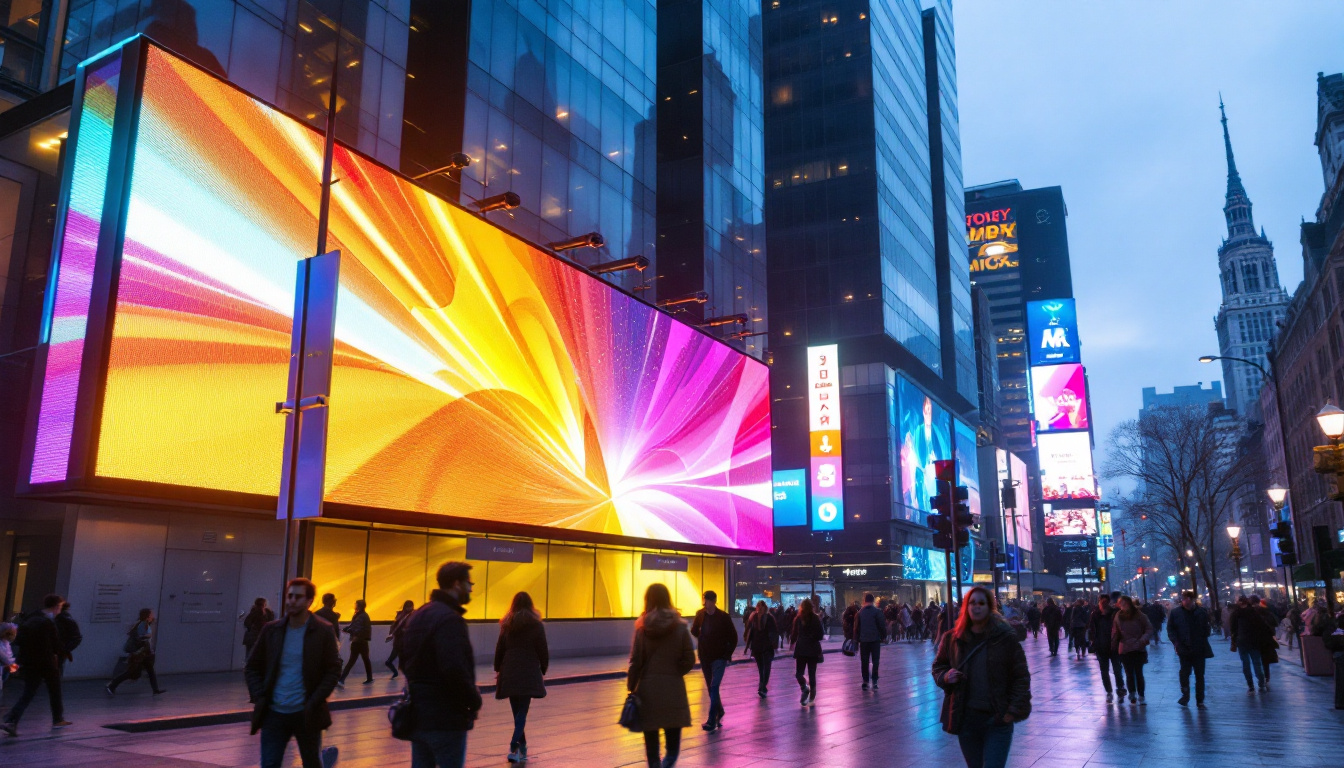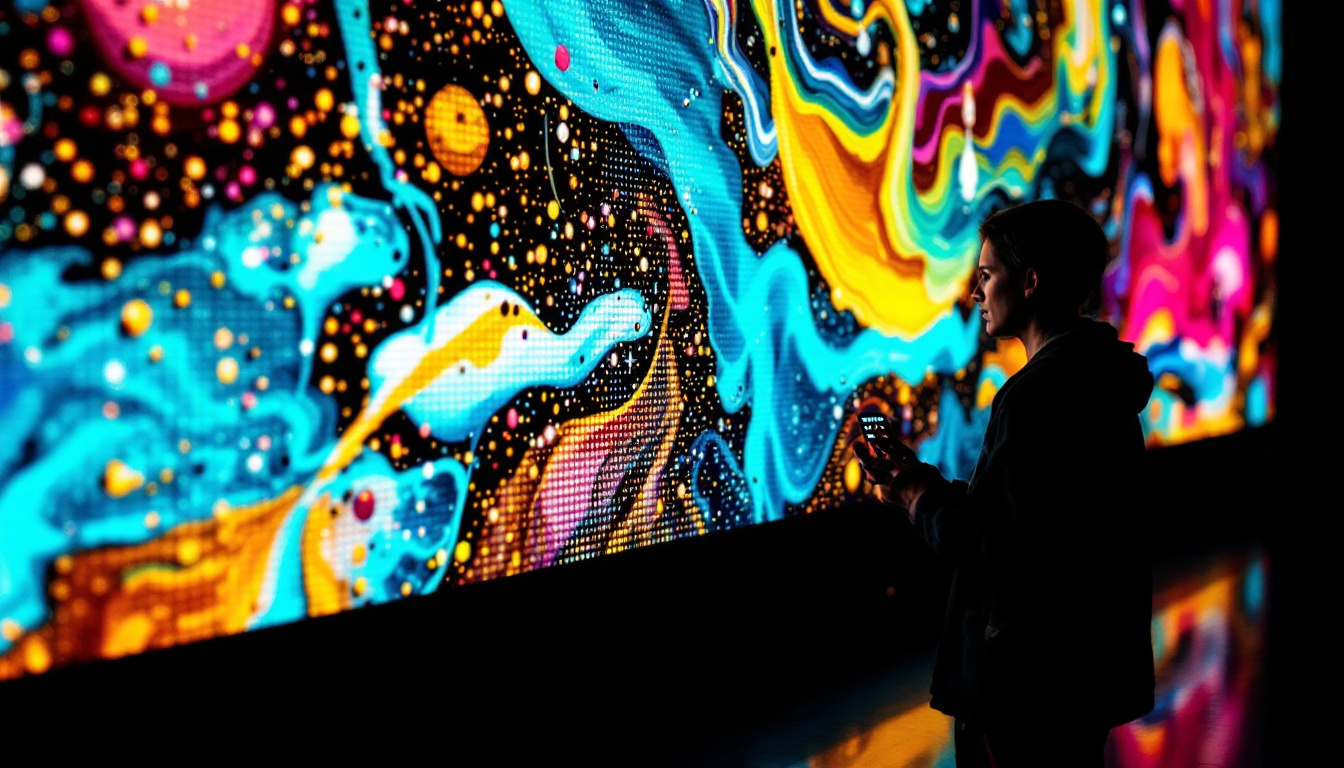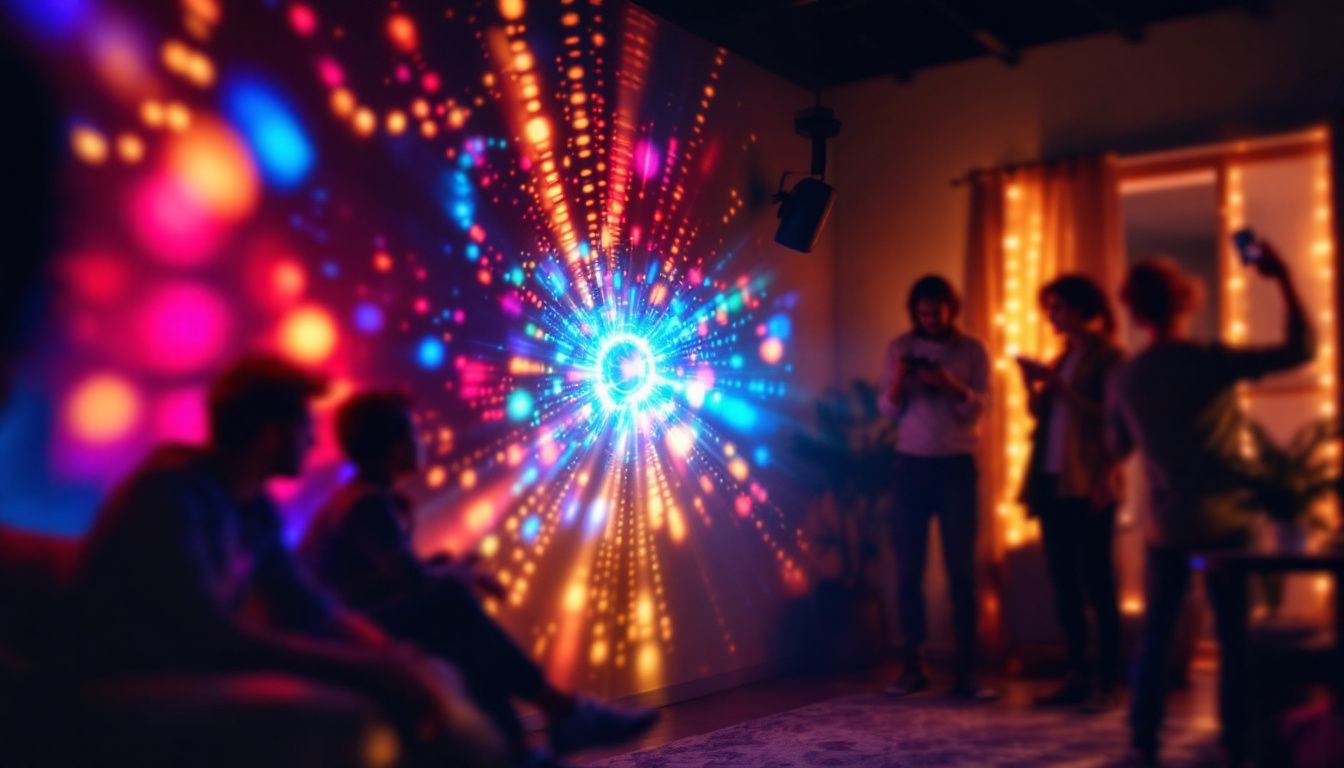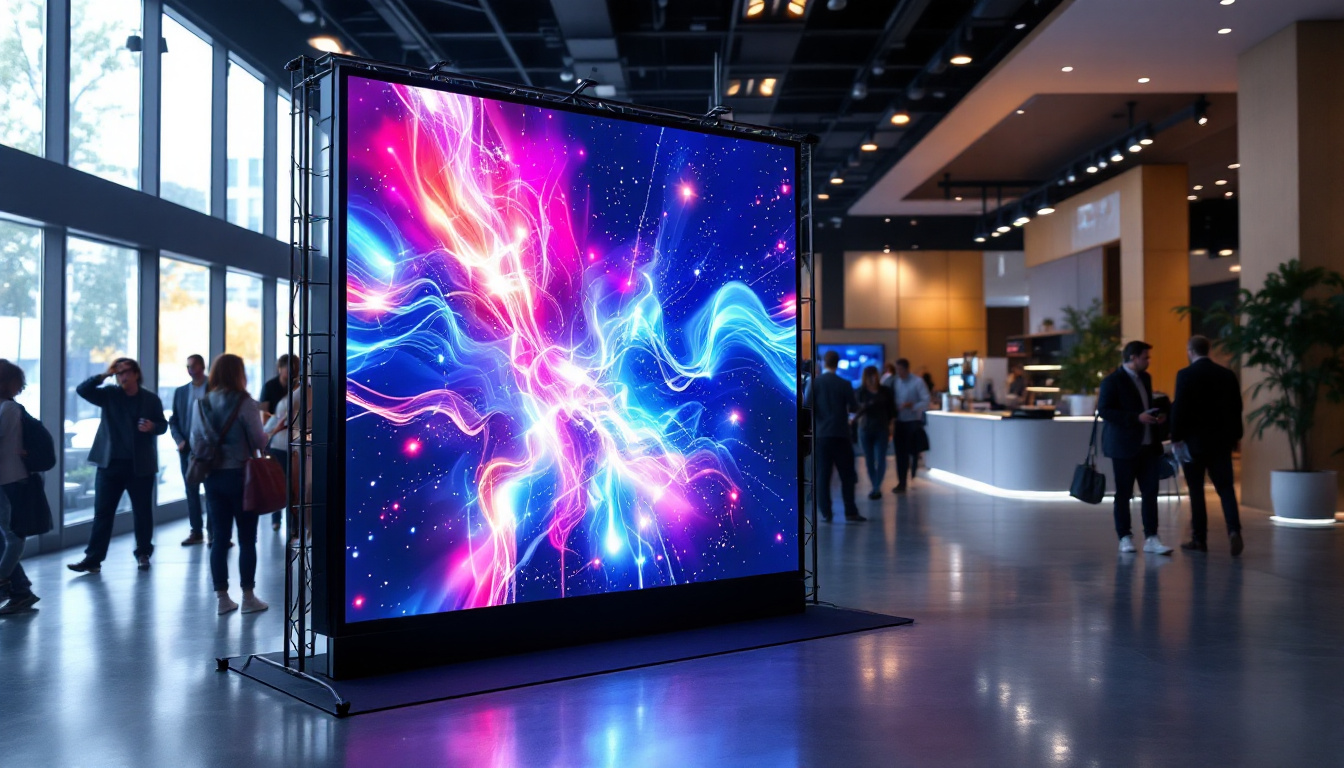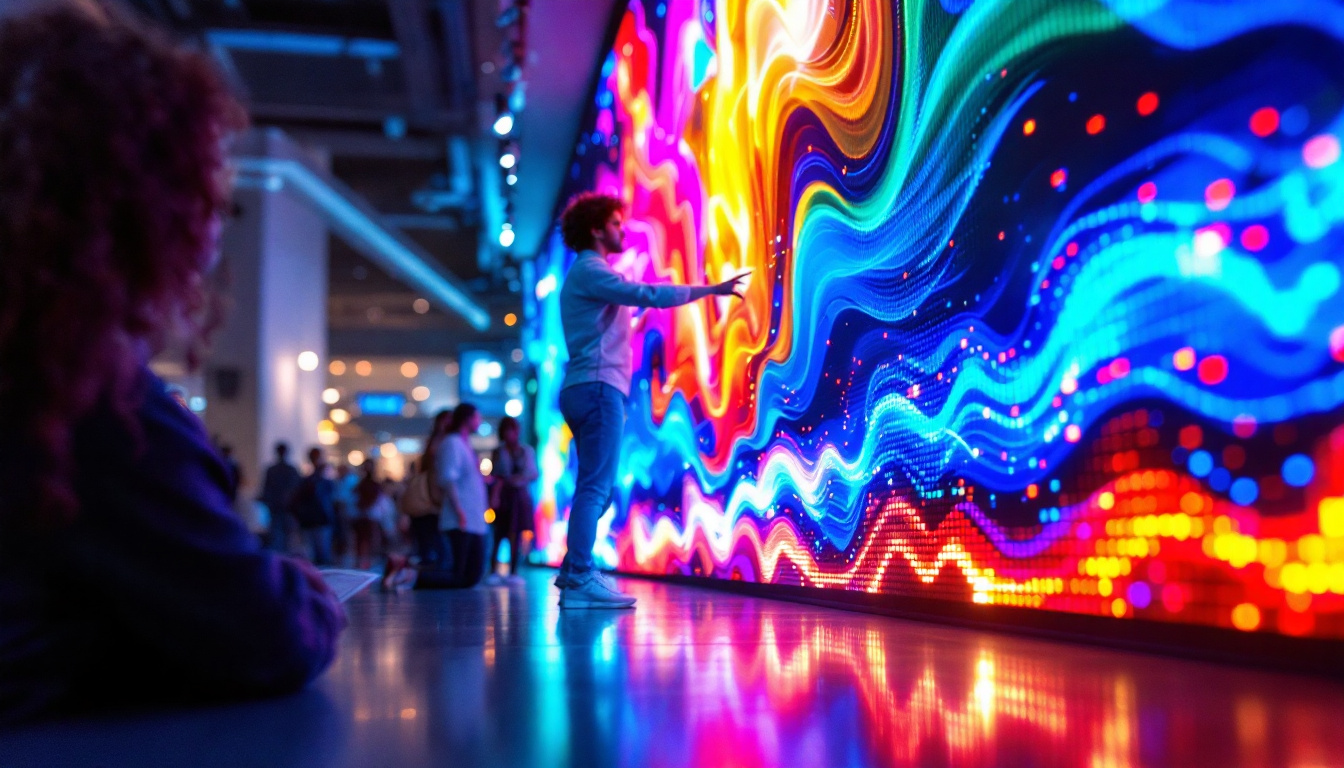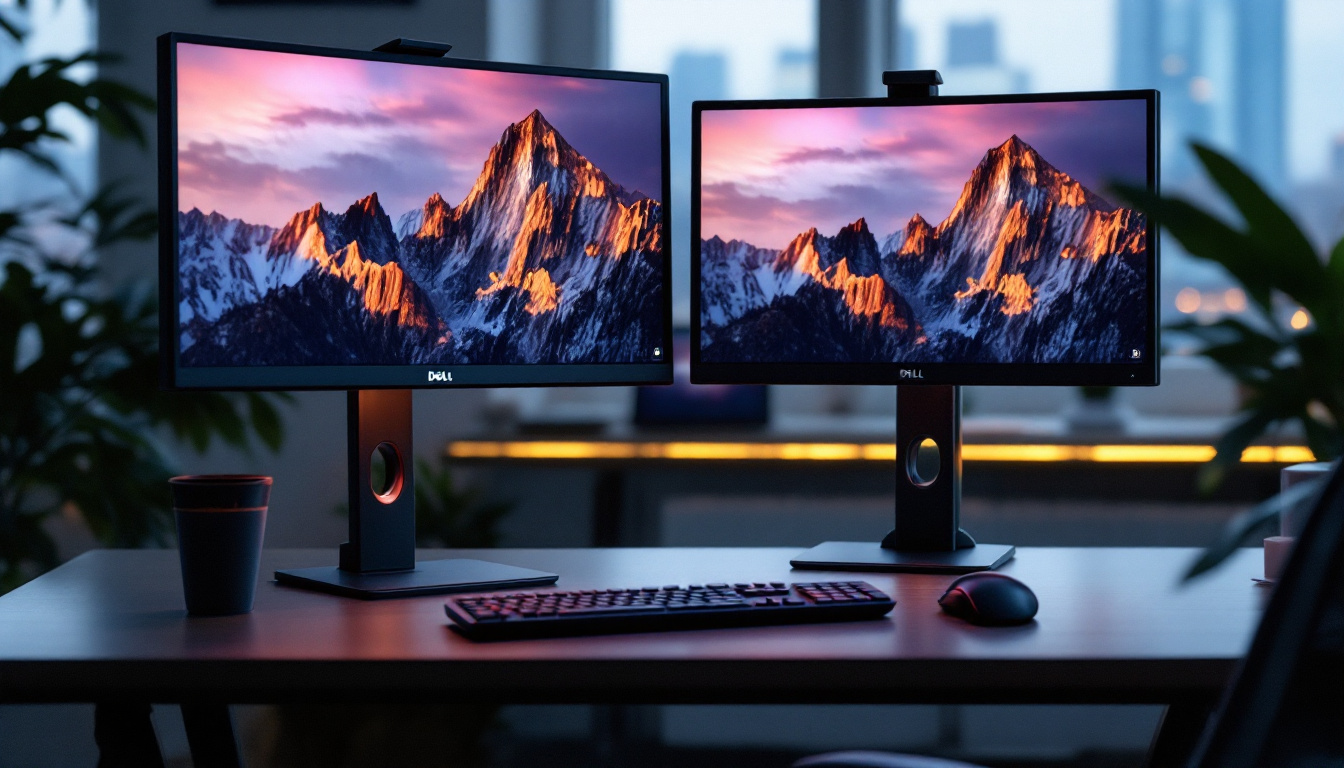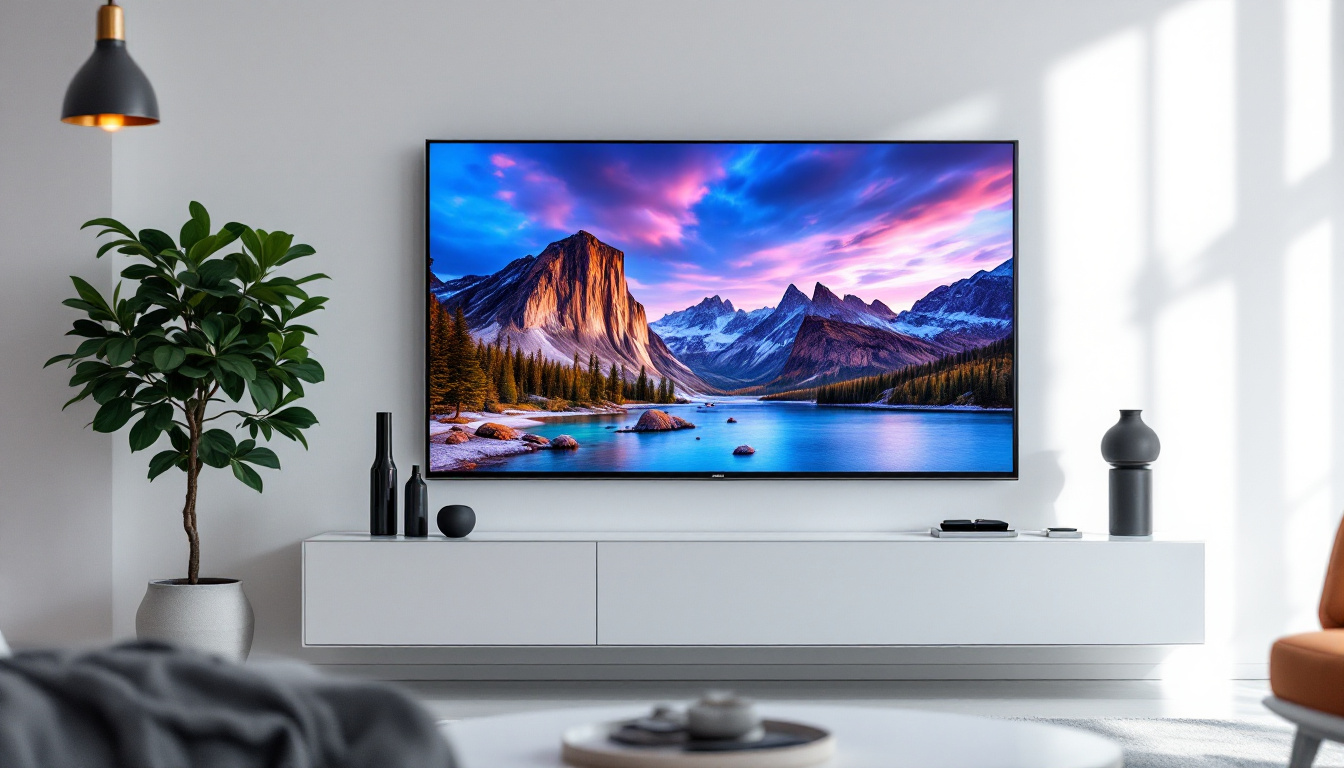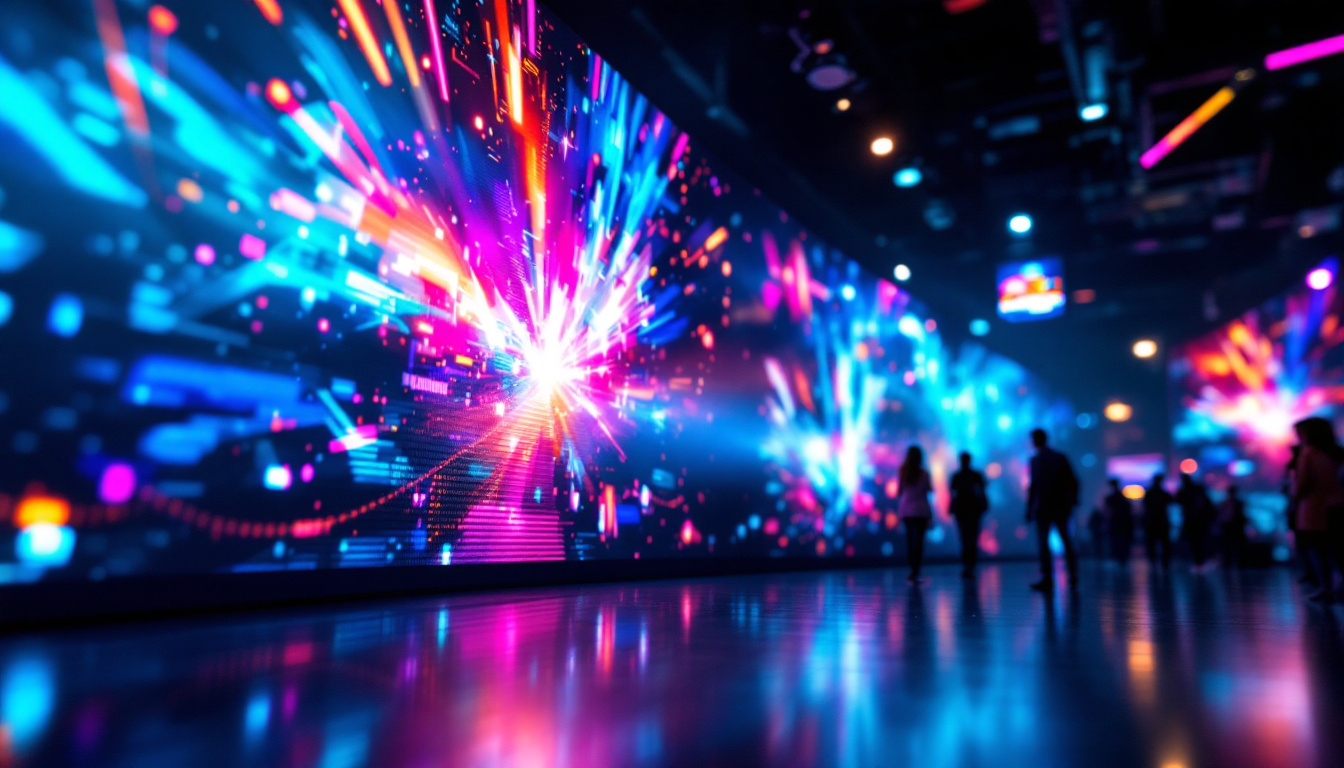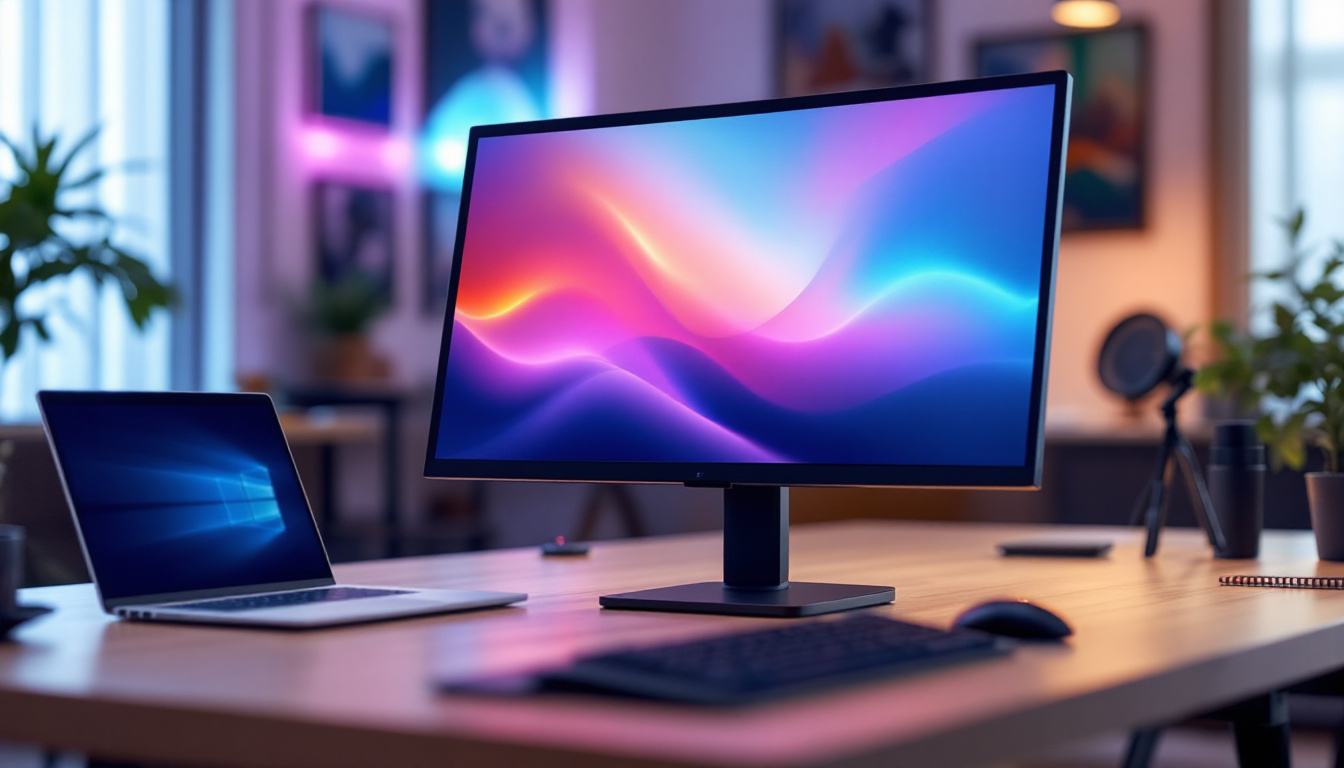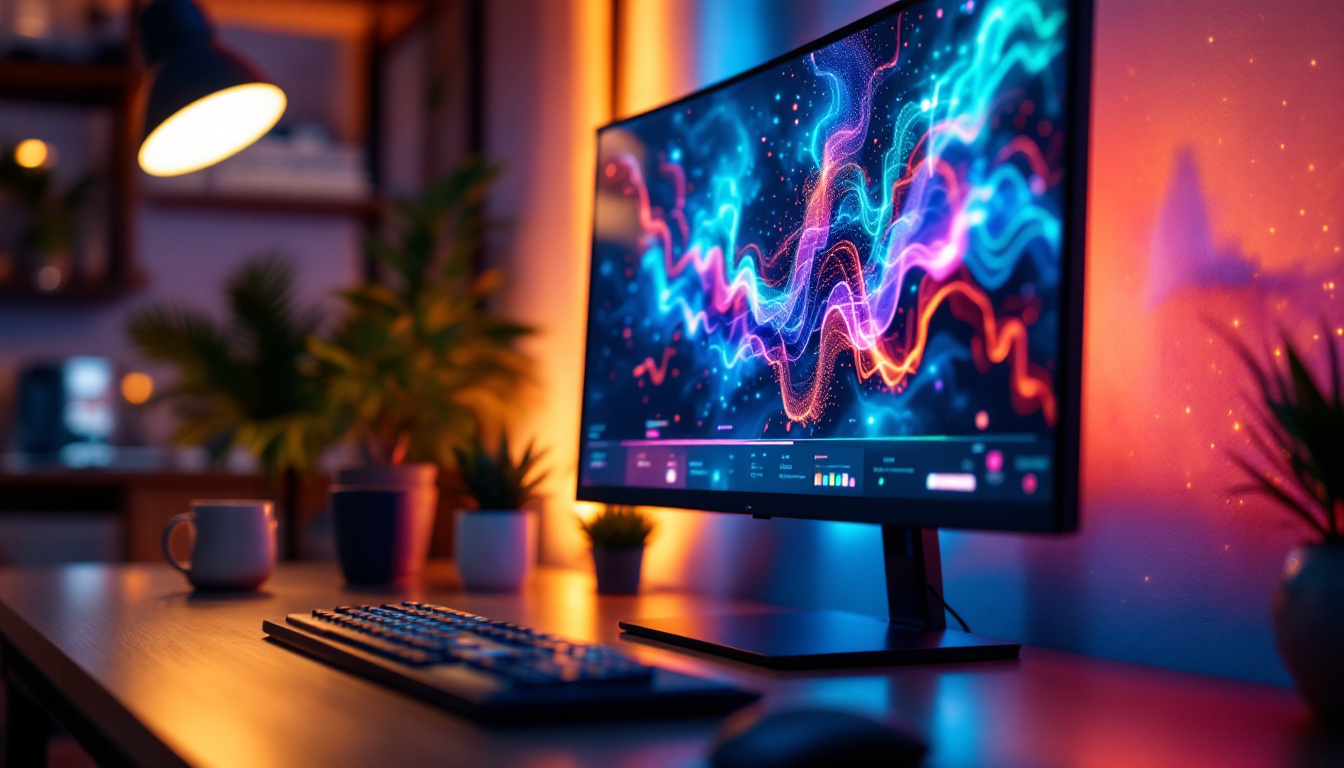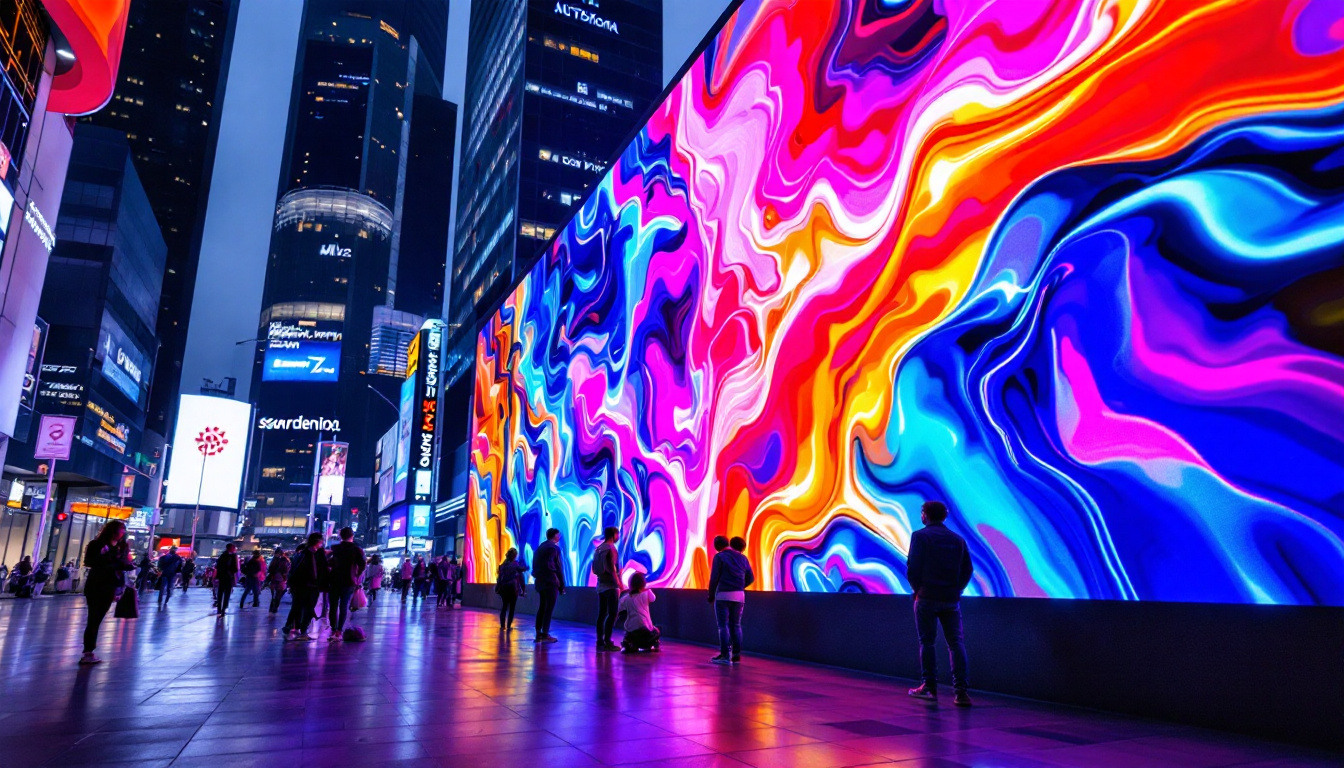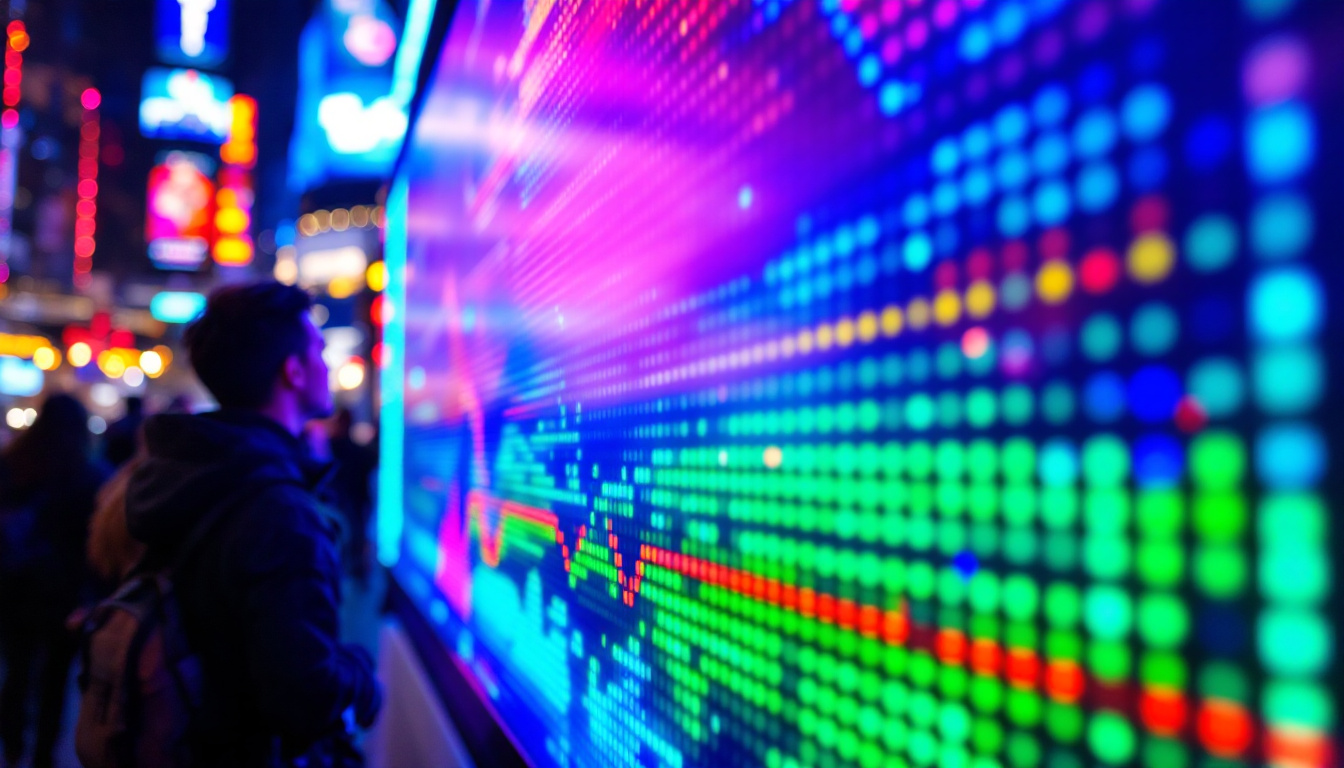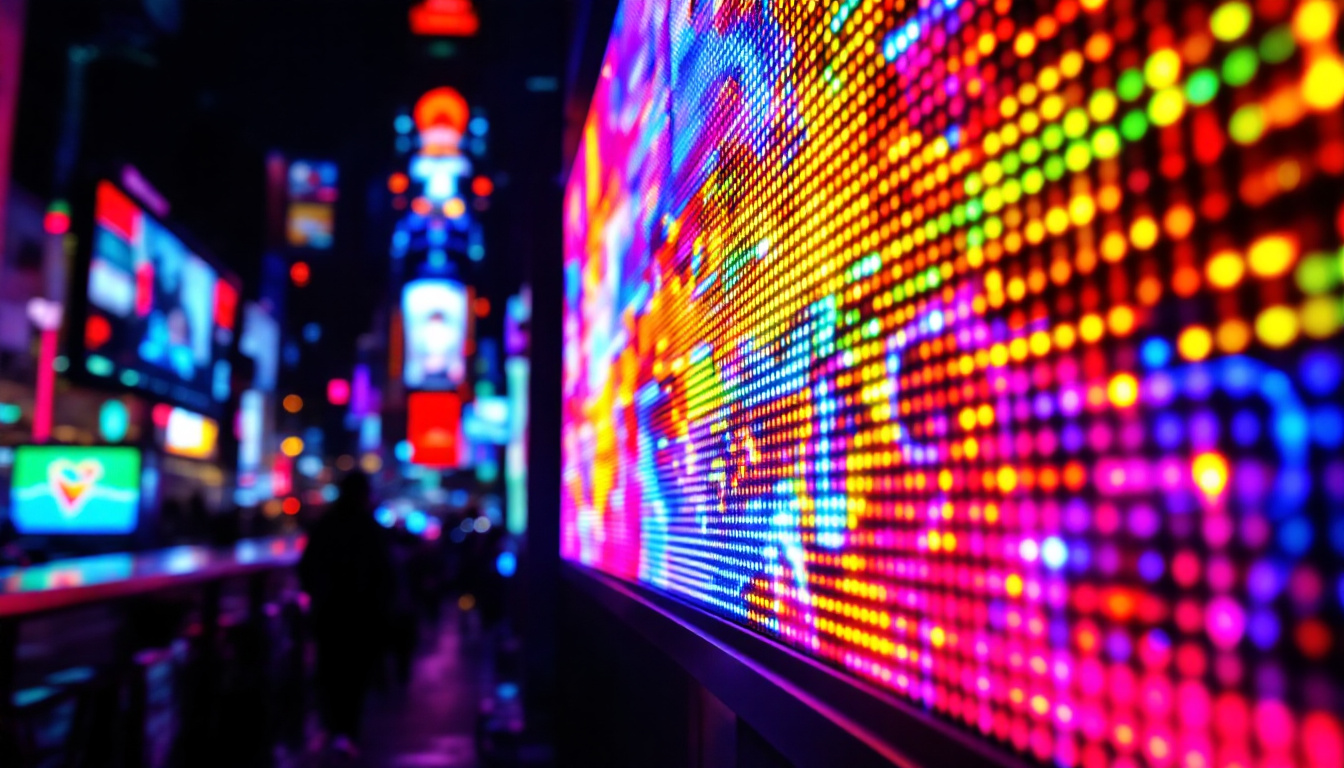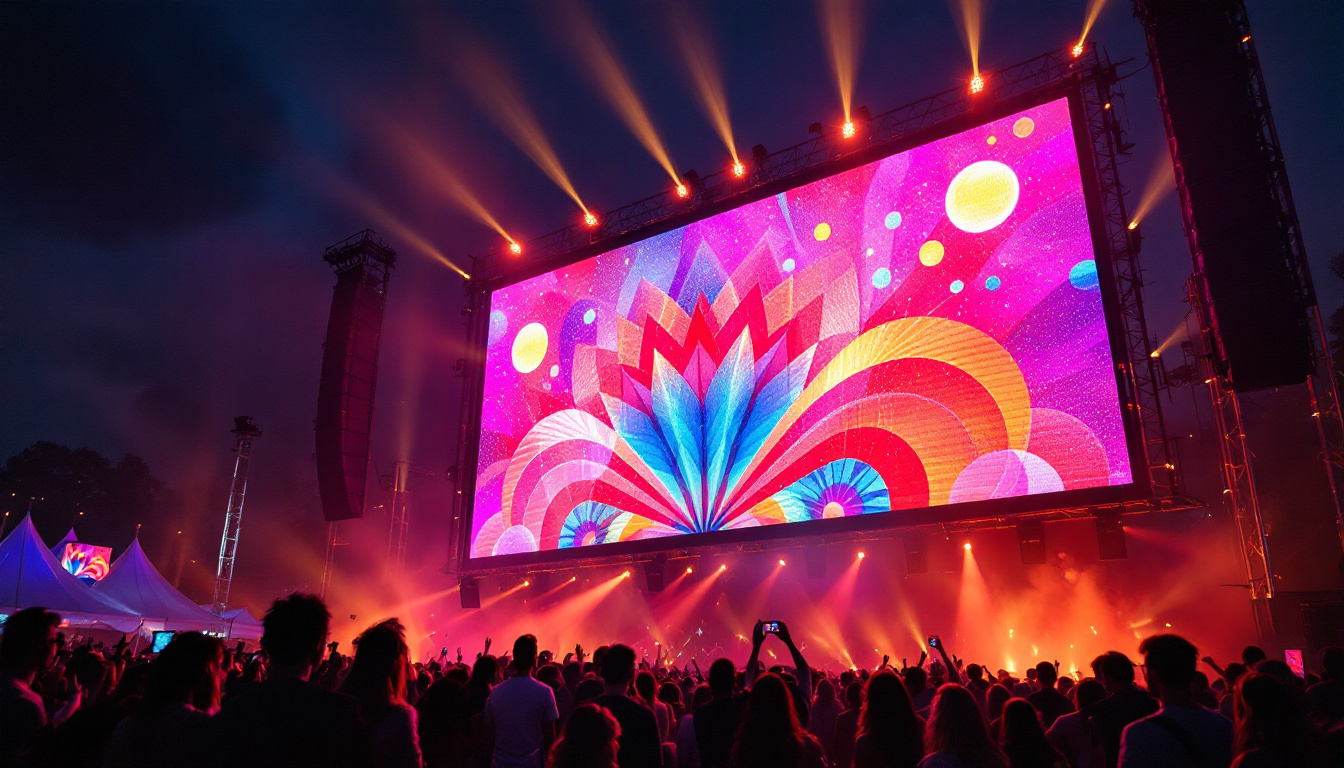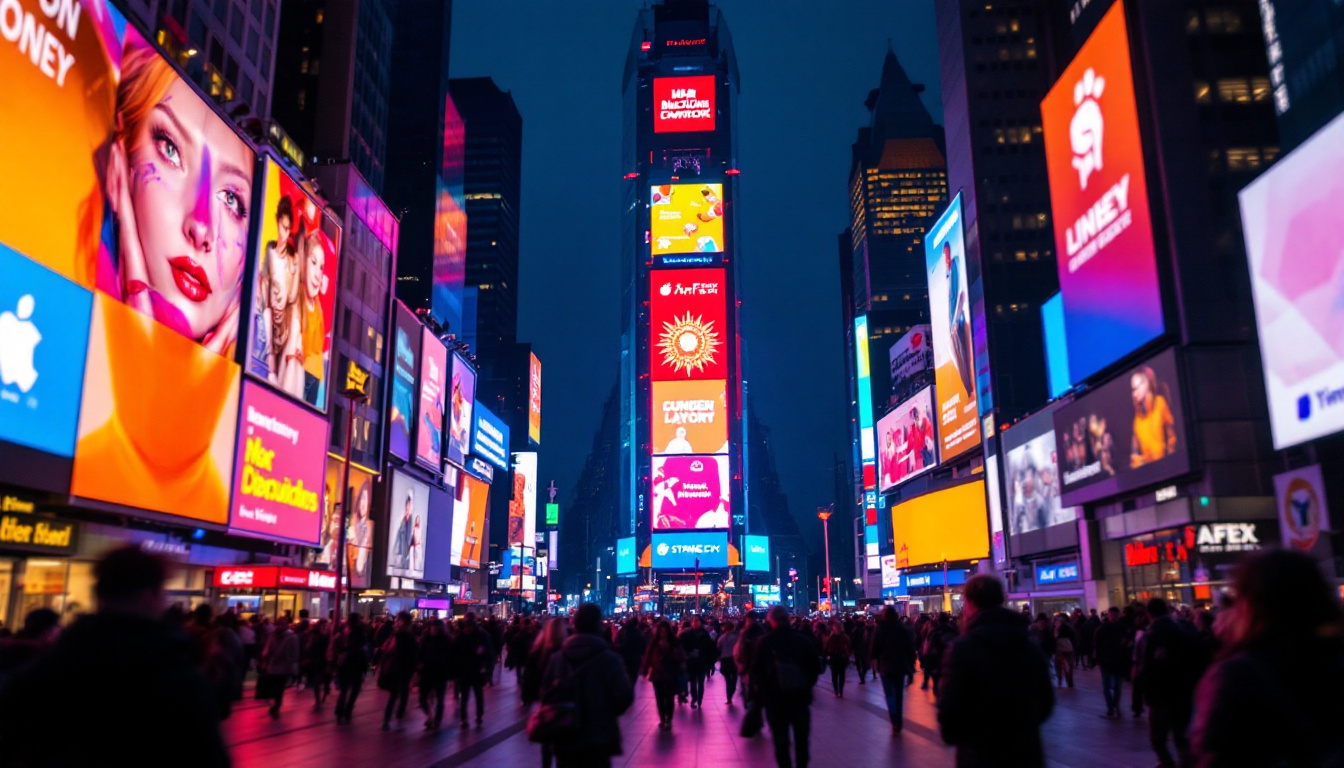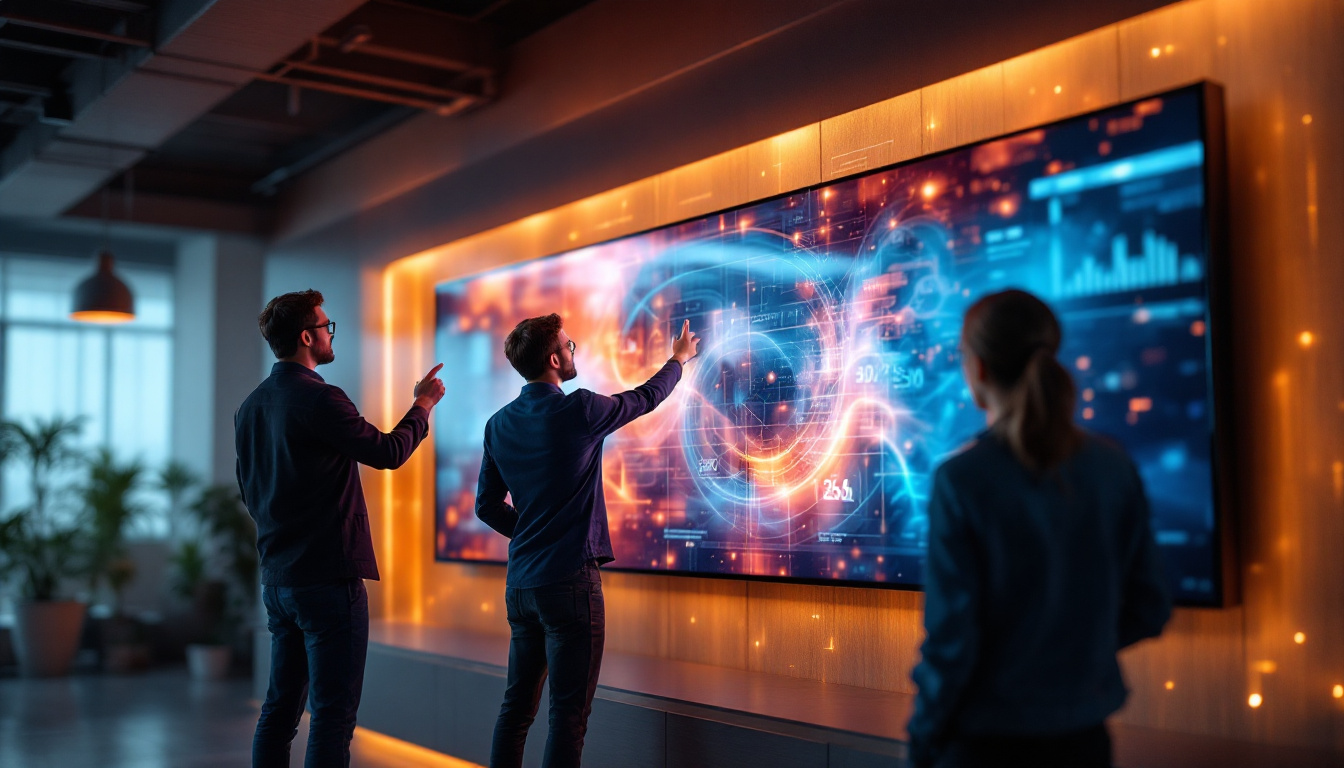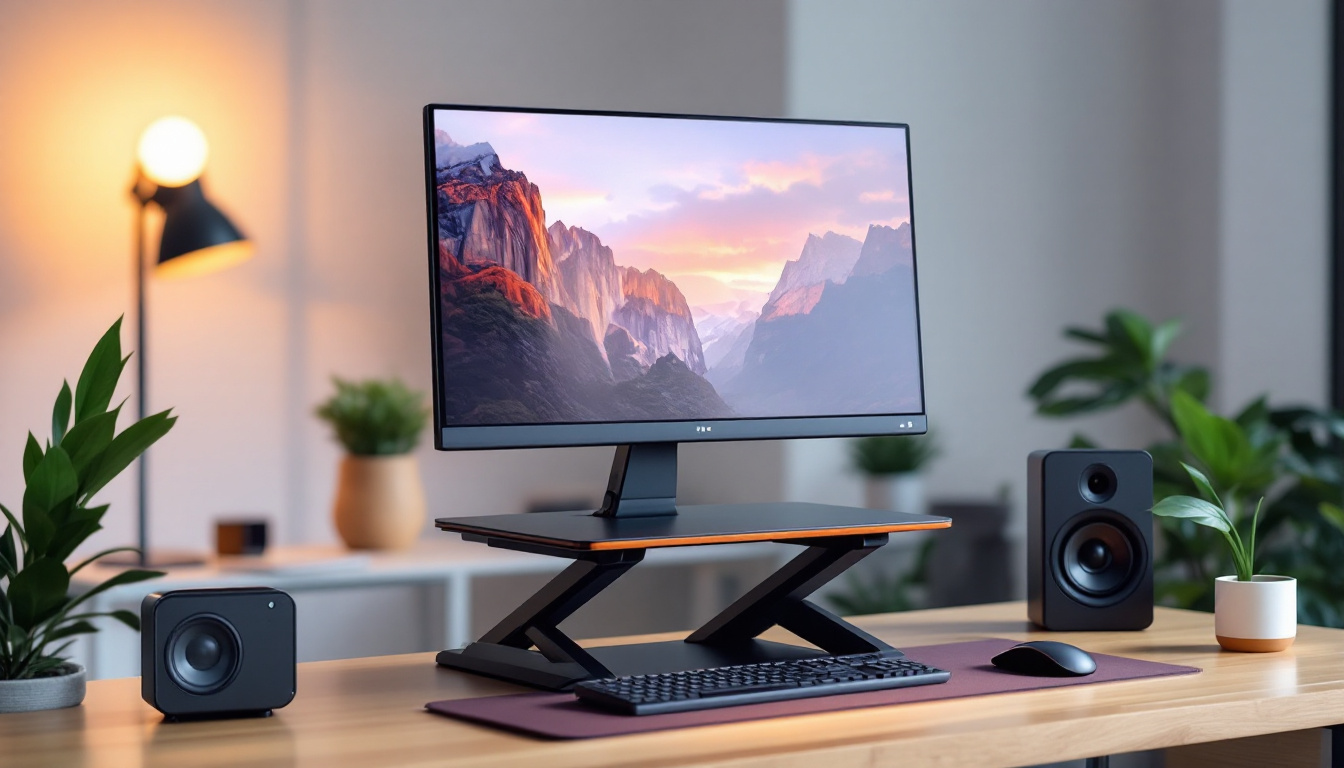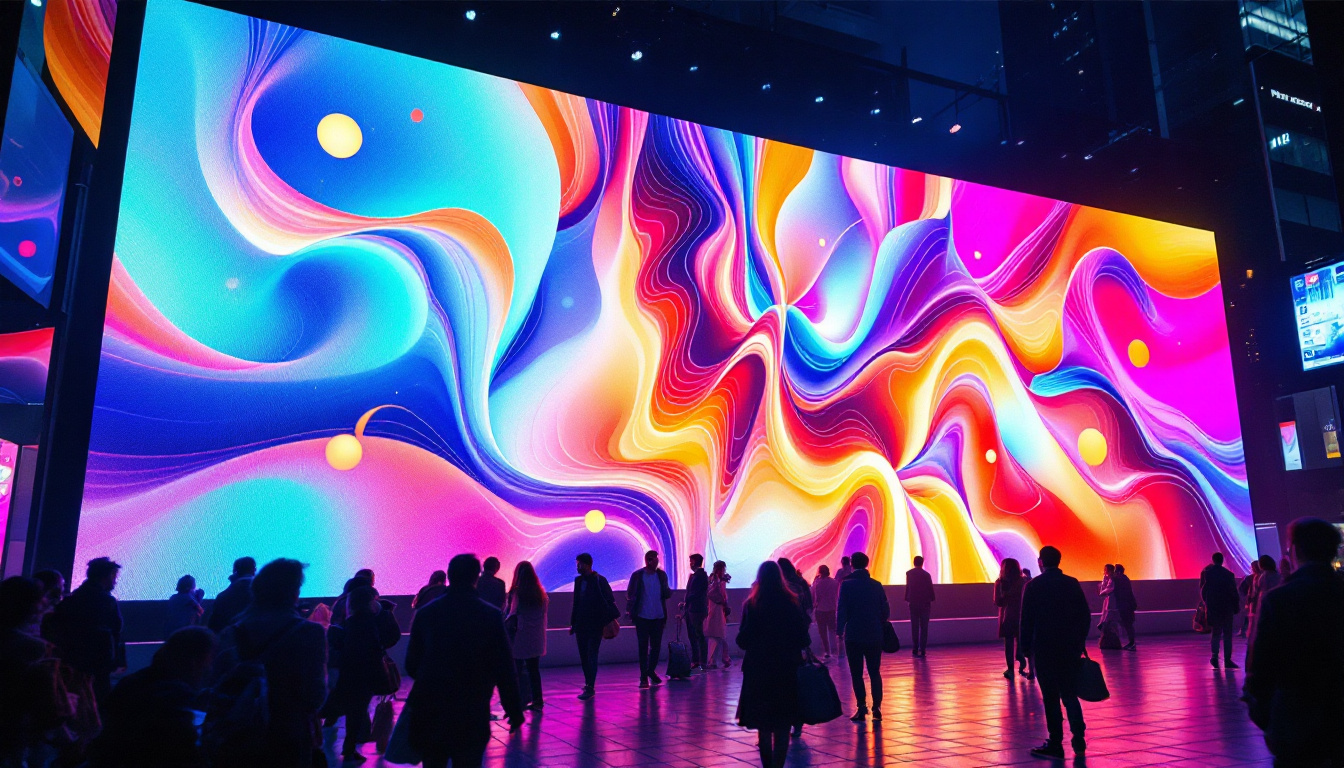In today’s technology-driven world, the quality of visual displays has become a critical factor in user experience. One significant aspect that affects display performance is ambient light. Understanding how ambient light interacts with LED displays is essential for optimizing viewing conditions and enhancing overall visual quality. This article delves into the intricacies of ambient light and its impact on LED displays, providing insights into how to monitor and adjust for these conditions.
The Importance of Ambient Light in Display Technology
Ambient light refers to the natural or artificial light present in a given environment. It plays a crucial role in determining how effectively a display can convey information. For LED displays, which are widely used in televisions, monitors, and smartphones, the surrounding light can significantly influence visibility, color accuracy, and user comfort.
Effects on Visibility
When ambient light levels are too low, viewers may struggle to see the content on an LED display, leading to eye strain and discomfort. Conversely, excessive ambient light can wash out colors and reduce contrast, making it difficult to discern details. This phenomenon is particularly evident in outdoor settings, where sunlight can overpower the brightness of a display.
To combat these challenges, many modern displays come equipped with adaptive brightness features. These sensors automatically adjust the screen’s brightness based on the surrounding light conditions, ensuring optimal visibility at all times. However, understanding the ambient light in the environment can further enhance this feature’s effectiveness. For example, in a dimly lit room, a display that can lower its brightness can help reduce glare and improve readability, while in bright settings, a higher brightness level can make the content more legible without straining the eyes.
Impact on Color Accuracy
Color perception is another critical aspect affected by ambient light. Different light sources emit varying color temperatures, which can alter the way colors appear on an LED display. For instance, warm light can make colors appear more saturated, while cool light may wash them out. This discrepancy can lead to inconsistencies in color grading, particularly in professional settings such as graphic design or video editing.
To achieve accurate color representation, it is essential to calibrate displays under the specific ambient light conditions in which they will be used. This calibration process can help ensure that colors are rendered as intended, regardless of the surrounding environment. Furthermore, advancements in display technology have led to the development of color management systems that can adapt to different lighting conditions in real-time, allowing for a more consistent viewing experience across various settings. This adaptability is particularly beneficial for industries that rely heavily on precise color reproduction, such as fashion design and digital art, where even slight variations in color can lead to significant discrepancies in the final product.
Monitoring Ambient Light Levels
Monitoring ambient light levels is vital for optimizing the performance of LED displays. Various methods and tools can be employed to measure the intensity and quality of ambient light in a given space. Understanding these levels not only enhances the visibility of the display but also contributes to energy efficiency and the longevity of the LED technology.
Using Light Meters
Light meters are specialized devices designed to measure light intensity. They can provide precise readings of ambient light levels in lux or foot-candles, allowing users to assess whether the lighting conditions are suitable for their display. By taking measurements at different times of the day and under various lighting conditions, users can gain a comprehensive understanding of their environment. This data can be invaluable for settings like retail spaces, where optimal lighting can significantly influence customer engagement and sales.
When using a light meter, it is essential to position the device at the same height and angle as the display. This ensures that the readings accurately reflect the light impacting the screen. Additionally, recording these measurements over time can help identify patterns and inform adjustments to lighting or display settings. For instance, if readings consistently indicate high ambient light levels during certain hours, it may prompt the need for a brighter display setting or additional shading solutions to enhance visibility.
Utilizing Built-in Sensors
Many modern LED displays come equipped with built-in ambient light sensors. These sensors automatically detect the surrounding light conditions and adjust the display’s brightness accordingly. While this feature is convenient, it is not always perfect. External factors, such as reflections or shadows, can interfere with the sensor’s accuracy. Furthermore, the responsiveness of these sensors can vary between different display models, making it crucial to understand their limitations.
To maximize the effectiveness of built-in sensors, it is advisable to ensure that the sensor is unobstructed and positioned correctly. Regularly checking the sensor’s performance can also help identify any potential issues that may arise over time. In addition, integrating these sensors with smart lighting systems can create a cohesive environment where both the display and ambient lighting work harmoniously, enhancing the overall user experience. This synergy not only improves visibility but also contributes to energy savings by optimizing brightness levels based on real-time conditions.
Adjusting LED Displays for Optimal Performance
Once ambient light levels have been monitored, adjustments can be made to optimize the performance of LED displays. These adjustments can enhance visibility, improve color accuracy, and ultimately lead to a better viewing experience.
Brightness Calibration
Calibrating the brightness of an LED display is one of the most effective ways to adapt to varying ambient light conditions. This process typically involves accessing the display’s settings menu and adjusting the brightness level based on the readings obtained from light meters or built-in sensors.
For environments with high ambient light, increasing the brightness can help counteract the effects of glare and improve visibility. Conversely, in darker settings, reducing brightness can minimize eye strain and enhance comfort. It is essential to find a balance that works for the specific environment and use case.
Color Calibration Techniques
In addition to brightness adjustments, color calibration is crucial for achieving accurate color representation. Various tools and software are available to assist with this process, allowing users to adjust color settings based on the ambient light conditions.
Using a color calibration tool, users can measure the display’s color output and compare it to a reference standard. Adjustments can then be made to the display’s color settings to ensure that colors appear as intended. This process is particularly important for professionals who rely on accurate color representation in their work.
Best Practices for Display Setup
To maximize the effectiveness of LED displays in varying ambient light conditions, several best practices should be considered during the setup process.
Optimal Placement
The placement of an LED display can significantly influence its performance in relation to ambient light. Positioning the display away from direct light sources, such as windows or overhead lights, can help reduce glare and improve visibility. Additionally, angling the display to minimize reflections can enhance the viewing experience.
In environments where ambient light levels fluctuate throughout the day, consider using curtains or blinds to control natural light. This can help create a more consistent viewing environment and reduce the need for constant adjustments to the display settings.
Regular Maintenance and Calibration
Regular maintenance and calibration of LED displays are essential for ensuring optimal performance. Over time, displays may drift from their calibrated settings due to factors such as aging components or changes in ambient light conditions. Scheduling periodic checks and recalibrations can help maintain color accuracy and brightness levels.
Additionally, keeping the display clean and free from dust and fingerprints can improve clarity and overall performance. A simple cleaning routine can go a long way in enhancing the viewing experience.
Advanced Technologies in Ambient Light Management
As technology continues to evolve, new advancements in ambient light management are emerging. These innovations aim to enhance the user experience by providing more precise control over display settings based on environmental conditions.
Smart Display Features
Many modern LED displays are equipped with smart features that allow for real-time adjustments based on ambient light levels. These displays can analyze the surrounding environment and automatically optimize brightness and color settings to ensure the best possible viewing experience.
Some smart displays even offer customizable settings, allowing users to create profiles based on specific lighting conditions. This level of personalization can greatly enhance the usability of the display in various environments.
Integration with Smart Home Systems
Integration with smart home systems is another exciting development in ambient light management. By connecting LED displays to smart home networks, users can automate adjustments based on time of day or occupancy. For instance, when natural light levels increase in the morning, the display can automatically adjust its brightness to compensate.
This seamless integration not only enhances user convenience but also promotes energy efficiency. By optimizing display settings based on ambient light, users can reduce power consumption and extend the lifespan of their devices.
Conclusion
Understanding and monitoring ambient light is essential for optimizing the performance of LED displays. By recognizing the effects of ambient light on visibility and color accuracy, users can make informed adjustments to their displays. Employing tools such as light meters, utilizing built-in sensors, and following best practices for display setup can significantly enhance the viewing experience.
As technology continues to advance, the integration of smart features and automation will further improve the management of ambient light. By staying informed about these developments, users can ensure that their LED displays deliver the best possible performance in any environment.
Ultimately, the goal is to create a viewing experience that is both comfortable and visually stunning, allowing users to fully appreciate the capabilities of their LED displays.
Explore Cutting-Edge LED Display Solutions with LumenMatrix
Ready to take your visual experience to the next level? LumenMatrix is at the forefront of LED display technology, offering a wide range of innovative solutions tailored to your needs. From Indoor and Outdoor LED Wall Displays to specialized options like Vehicle, Sports, and Floor LED Displays, our products are designed to maximize brand visibility and captivate your audience. Embrace the future of visual communication with our Custom, All-in-One, and Transparent LED Displays. Check out LumenMatrix LED Display Solutions today and transform your space with vibrant, energy-efficient, and dynamic signage that stands out in any ambient light condition.


